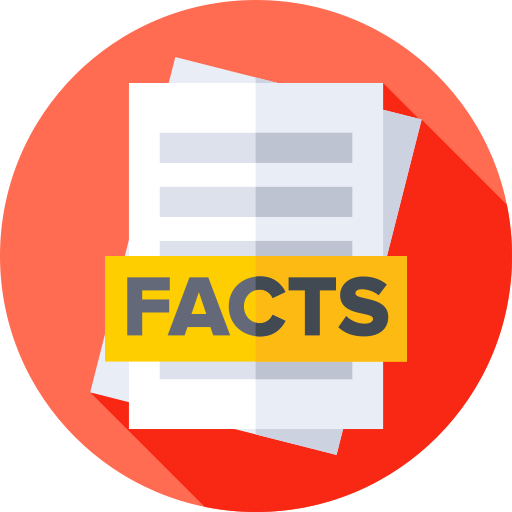Puerto Rico - Government

Based on the etymolgy of Puerto Rico, it was Christopher COLUMBUS originally named the island San Juan Bautista (Saint John the Baptist) and the capital city and main port Cuidad de Puerto Rico (Rich Port City); over time, the names were shortened and transposed. The Government system in this country is the unincorporated organized territory of the US with local self-government; republican form of territorial government with separate executive, legislative, and judicial branches; note - reference Puerto Rican Federal Relations Act, 2 March 1917, as amended by Public Law 600, 3 July 1950 type and the different Administrative divisions includes: no first-order administrative divisions as defined by the US government, but 78 municipalities (municipios, singular - municipio) are considered second-order: Adjuntas, Aguada, Aguadilla, Aguas Buenas, Aibonito, Anasco, Arecibo, Arroyo, Barceloneta, Barranquitas, Bayamon, Cabo Rojo, Caguas, Camuy, Canovanas, Carolina, Catano, Cayey, Ceiba, Ciales, Cidra, Coamo, Comerio, Corozal, Culebra, Dorado, Fajardo, Florida, Guanica, Guayama, Guayanilla, Guaynabo, Gurabo, Hatillo, Hormigueros, Humacao, Isabela, Jayuya, Juana Diaz, Juncos, Lajas, Lares, Las Marias, Las Piedras, Loiza, Luquillo, Manati, Maricao, Maunabo, Mayaguez, Moca, Morovis, Naguabo, Naranjito, Orocovis, Patillas, Penuelas, Ponce, Quebradillas, Rincon, Rio Grande, Sabana Grande, Salinas, San German, San Juan, San Lorenzo, San Sebastian, Santa Isabel, Toa Alta, Toa Baja, Trujillo Alto, Utuado, Vega Alta, Vega Baja, Vieques, Villalba, Yabucoa, Yauco
National symbols
Puerto Rican spindalis (bird), coqui (frog).
The flag
The National flag of Puerto Rico has .
Info
The National Anthem
| Title | |
|---|---|
| Lyric/music |
Info
More about the government of Puerto Rico
| Date of Independence | none (territory of the US with commonwealth status) |
|---|---|
| National holiday | US Independence Day, 4 July (1776); Puerto Rico Constitution Day, 25 July (1952) |
| Legal system | civil law system based on the Spanish civil code, within the framework of the US federal system |
| International law organization participation | |
| Constitution | |
| History | Previous 1900 (Organic Act, or Foraker Act); latest ratified by referendum 3 March 1952, approved 3 July 1952, effective 25 July 1952 |
| Amendment process | Proposed by a concurrent resolution of at least two-thirds majority by the total Legislative Assembly membership; approval requires at least two-thirds majority vote by the membership of both houses and approval by a majority of voters in a special referendum; if passed by at least three-fourths Assembly vote, the referendum can be held concurrently with the next general election; constitutional articles such as the republican form of government or the bill of rights cannot be amended |
| Citizenship | |
| Executive Branch | |
| Chief of state | President Donald J. TRUMP (since 20 January 2025) |
| Head of government | Governor Jenniffer GONZÁLEZ-COLÓN (since 2 January 2025) |
| Cabinet | Cabinet appointed by governor with the consent of the Legislative Assembly |
| Election/appointment process | president and vice president indirectly elected on the same ballot by an Electoral College of electors chosen from each state; president and vice president serve a 4-year term (eligible for a second term); under the US Constitution, residents of Puerto Rico do not vote in elections for US president and vice president, but they can vote in Democratic and Republican party presidential primary elections; governor directly elected by simple-majority popular vote for a 4-year term (no term limits) |
| Most recent election date | 5 November 2024 |
| Election results | 2024: Jenniffer GONZÁLEZ-COLÓN elected governor; percent of vote - Jenniffer GONZÁLEZ-COLÓN (PNP) 39.4%, Juan DALMAU Ramírez (PIP) 32.7%, Jesús Manuel ORTIZ (PPD) 21.1%, Javier JIMÉNEZ (PD) 6.7%, other 0.1% 2020: Pedro PIERLUISI elected governor; percent of vote - Pedro PIERLUISI (PNP) 32.9%, Carlos DELGADO (PPD) 31.6%, Alexandra LUGARO (independent) 14.2%, Juan DALMAU (PIP) 13.7%, other 7.6% |
| Expected date of next election | 7 November 2028 |
| Legislative branch | |
| Legislature name | Legislative Assembly (Asamblea Legislativa) |
| Legislative structure | Bicameral |
| Term in office | 4 years |
| Judicial branch | |
| Highest court(s) | Supreme Court (consists of the chief justice and 8 associate justices) |
| Judge selection and term of office | Justices appointed by the governor and confirmed by majority Senate vote; judges serve until compulsory retirement at age 70 |
| Subordinate courts | Court of Appeals; First Instance Court comprised of superior and municipal courts |
| Diplomatic representation in the US | |
| Diplomatic representation from the US | |
| Embassy | None (territory of the US with commonwealth status) |
| National heritage | |
| Total World Heritage Sites | 1 (cultural); note - excerpted from the US entry |
| Selected World Heritage Site locales | La Fortaleza and San Juan National Historic Site |
Key Political parties and their leaders in Puerto Rico
Info
International organization participation
All Important Facts about Puerto Rico
Want to know more about Puerto Rico? Check all different factbooks for Puerto Rico below.
-
 Puerto Rico Factbook
Puerto Rico Factbook
-
 The Economy of Puerto Rico
The Economy of Puerto Rico
-
 Learn about the Government of Puerto Rico
Learn about the Government of Puerto Rico
-
 Communication in Puerto Rico
Communication in Puerto Rico
-
 Popular Universities in Puerto Rico
Popular Universities in Puerto Rico
-
 Enerny in Puerto Rico
Enerny in Puerto Rico
-
 Transport in Puerto Rico
Transport in Puerto Rico
-
 The Geography and society of Puerto Rico
The Geography and society of Puerto Rico
-
 The Environment of Puerto Rico
The Environment of Puerto Rico
-
 Military and security in Puerto Rico
Military and security in Puerto Rico